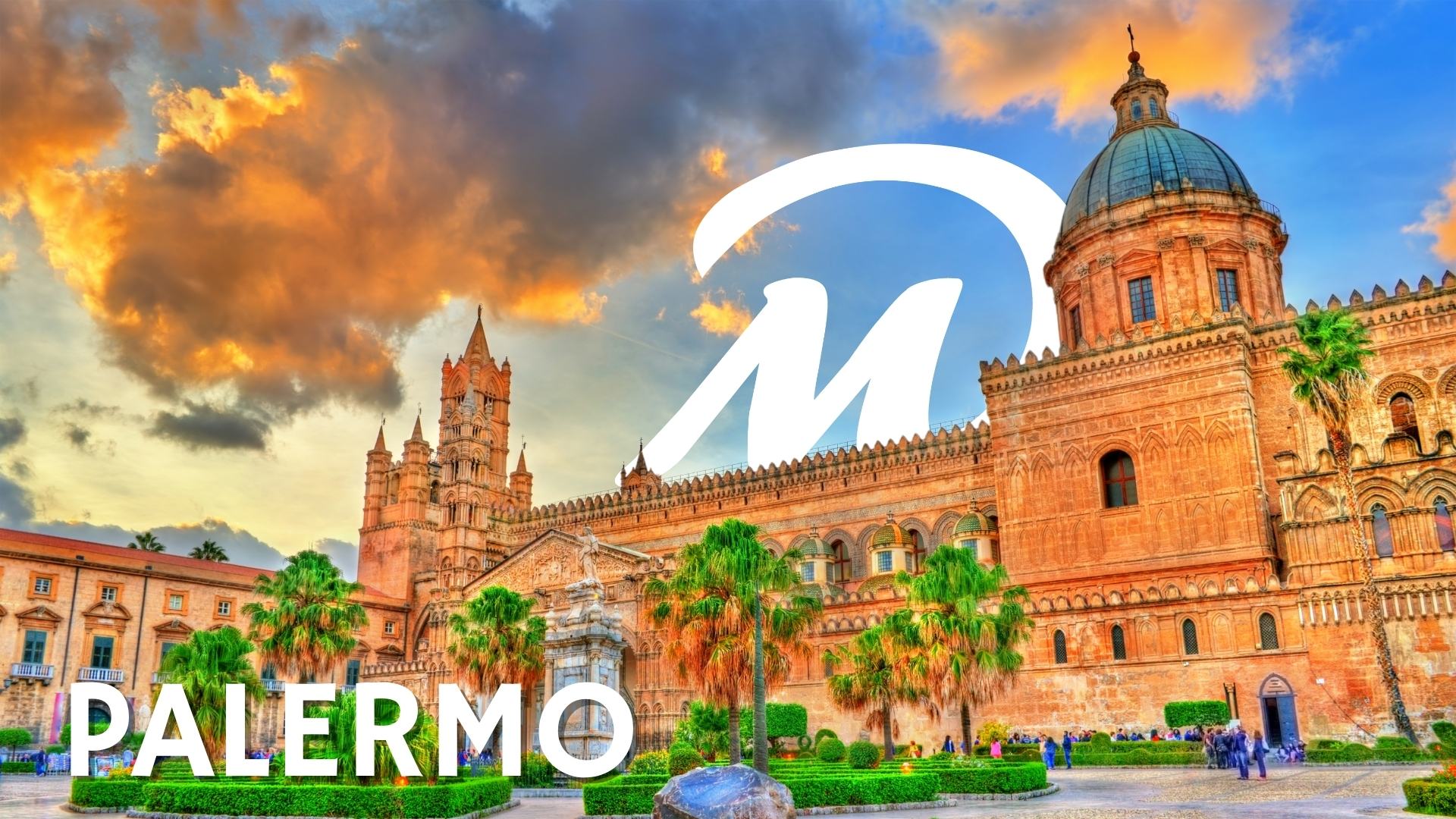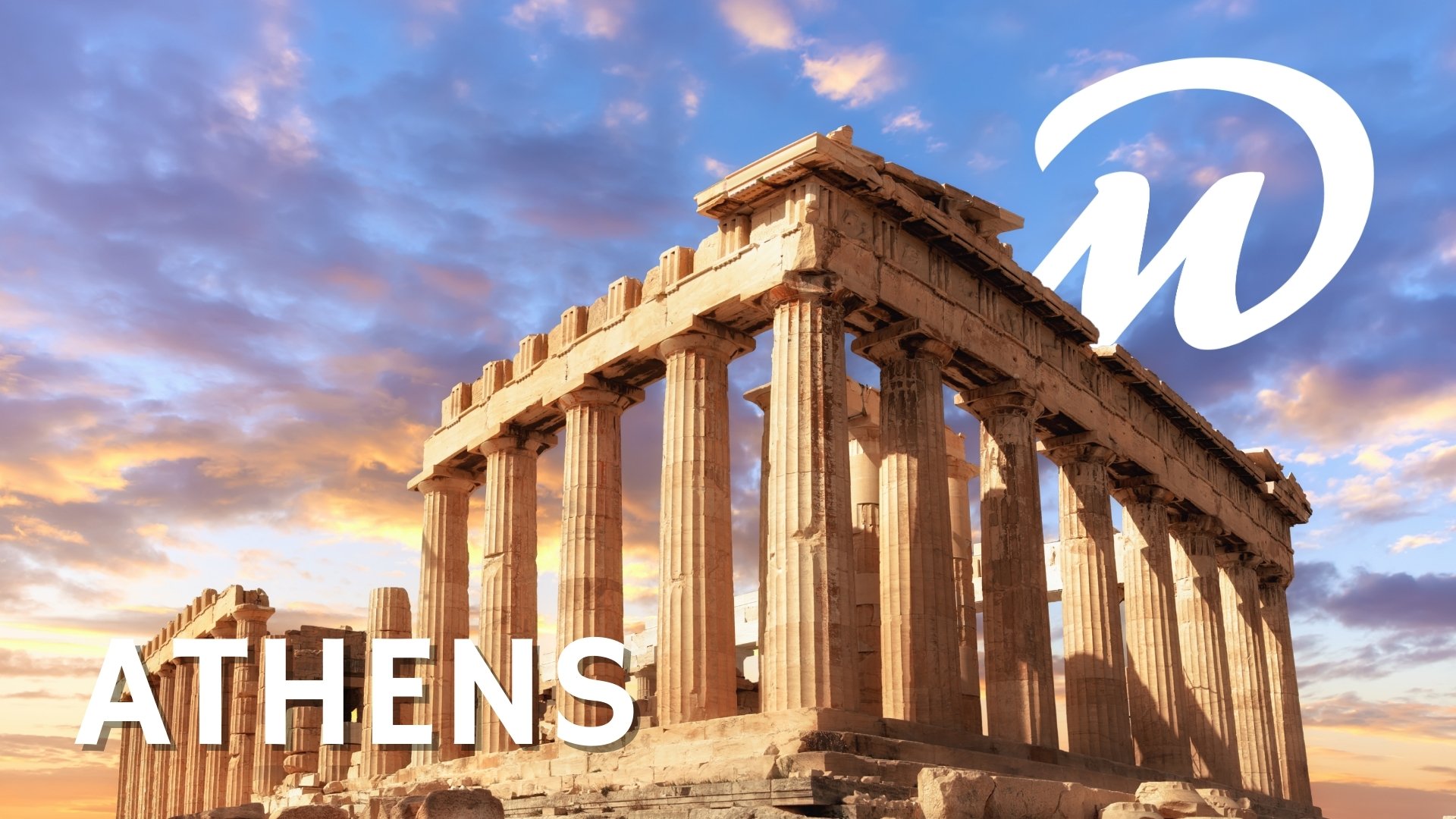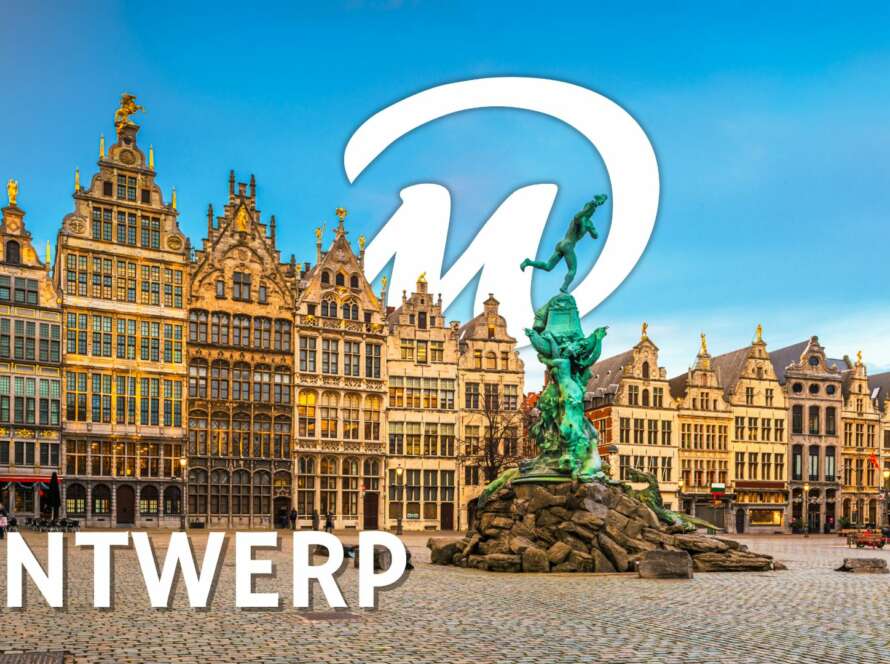Guided tour of this beautiful city. We will tell you the 10 essential things to do in Ciutadella of Menorca, do you dare?
Things to do in Ciutadella of Menorca in 1 day: A cultural and fun trip to the jewel of Menorca
Located on the west coast of Menorca, Ciutadella is a town full of charm and history. With its narrow cobbled streets, historic buildings and a natural harbour that captivates all visitors, Ciutadella is a must-see destination on the island. Founded by the Romans and with a rich Moorish and Christian past, this town offers a unique blend of cultures that is reflected in its architecture and traditions. Ciutadella is known for its lively cultural life, traditional festivals and welcoming atmosphere, making it the perfect place to explore in a single day. Ideal for young people and families, Ciutadella promises an experience full of discoveries, legends and unforgettable moments.
If you are planning or lookig fot things to do in Ciutadella of Menorca and only have one day to explore this wonderful city, read our guide on “Things to do in Ciutadella of Menorca in 1 day” and enjoy a fun tour.
1. Breakfast with a view in the Plaça des Born
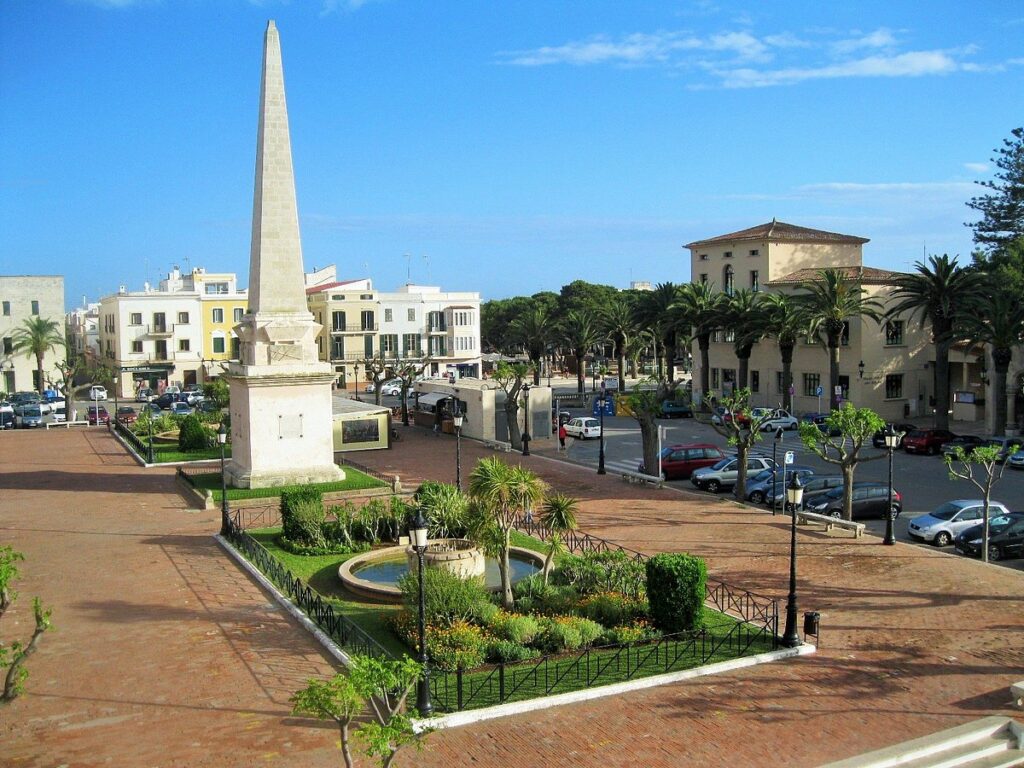
Start your day at Plaça des Born, the heart of Ciutadella. This square is one of the most beautiful squares among the things to do in Ciutadella of Menorca, surrounded by historic buildings and with a vibrant atmosphere. Here, you can enjoy a delicious breakfast on one of the terraces while gazing at the majestic Obelisco des Born, which commemorates the defence of the city during the Turkish attack in 1558.
The Obelisco des Born was erected in 1875 and is one of the most emblematic symbols over the things to do in Ciutadella of Menorca.
2. Visit the Cathedral of Santa Maria de Ciutadella
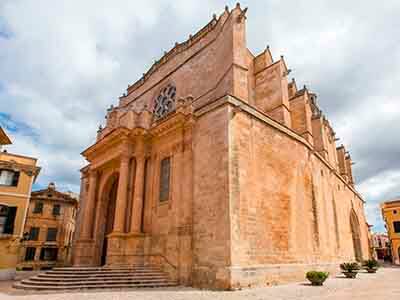
A few steps away from the square, you will find an unmissable in the hings to do in Ciutadella of Menorca: the Cathedral of Santa Maria. This impressive Gothic building, built on the site of a former mosque in the 14th century, is a testament to the town’s rich religious history. The cathedral has a beautiful central nave and side chapels that house works of sacred art.
According to legend, the foundations of the cathedral still contain the remains of the old mosque, and some claim that on silent nights you can hear the echoes of Muslim prayers.
From sunrise to sunset, enjoy these things to do in Ciutadella of Menorca.
3. Explore the Convent of Sant Agustí and its cloister
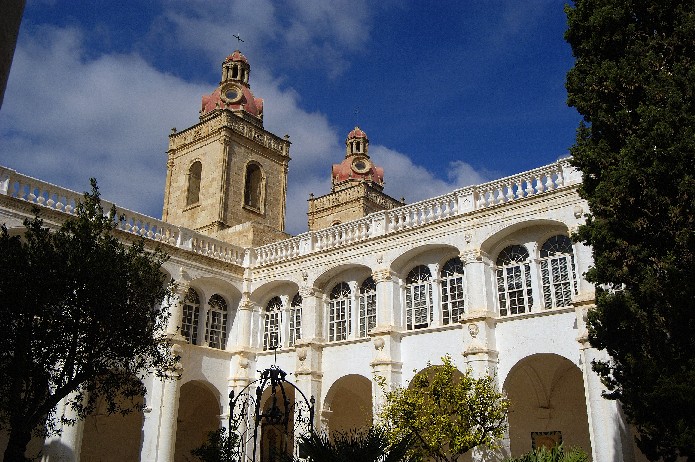
Not far from the cathedral, you’ll find the Convent of Sant Agustí, a Menorcan Baroque top of the things to do in Ciutadella. The convent houses a diocesan museum where pieces of religious art and historical objects are exhibited. Its beautiful cloister is a haven of peace, ideal for a reflective pause. The convent also houses a library with manuscripts and old books, some of which date back to the 16th century.
A curated list of unmissable things to do in Ciutadella of Menorca.
4. A stroll through the old town and Ses Voltes street
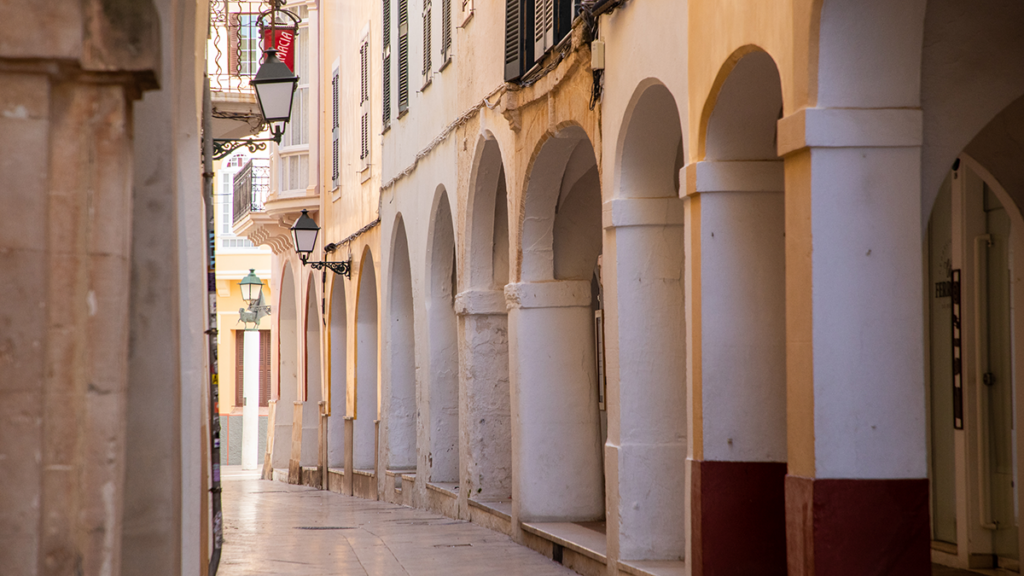
Head towards the old town and lose yourself in its narrow cobbled streets. Ses Voltes street, with its characteristic arches, is one of the most picturesque streets of the city. Here you will find a variety of shops, cafes and boutiques where you can buy unique souvenirs and enjoy the local atmosphere. Ses Voltes street gets its name from the arches that cover much of its length, providing shade on hot summer days.
5. Lunch in Ciutadella harbour

It’s time to head to the port of Ciutadella, one of the liveliest things to do in Ciutadella of Menorca. This natural harbour, with its crystal clear waters and fishing boats, is the perfect place to enjoy lunch overlooking the sea. Try local dishes such as caldereta de langosta (lobster stew) or fresh fish of the day. The port of Ciutadella has been an important trading post since Roman times, and today it is one of the most picturesque ports in the Mediterranean.
6. Discover the Castle of San Nicolás

After lunch, take a stroll to the Castle of San Nicolás, an 18th century fortification built to protect the entrance to the port. From here, you can enjoy spectacular panoramic views of the sea and the city. The castle is said to be protected by the spirit of an ancient guardian who watched over the safety of the city.
7. A walk through the Castle Park
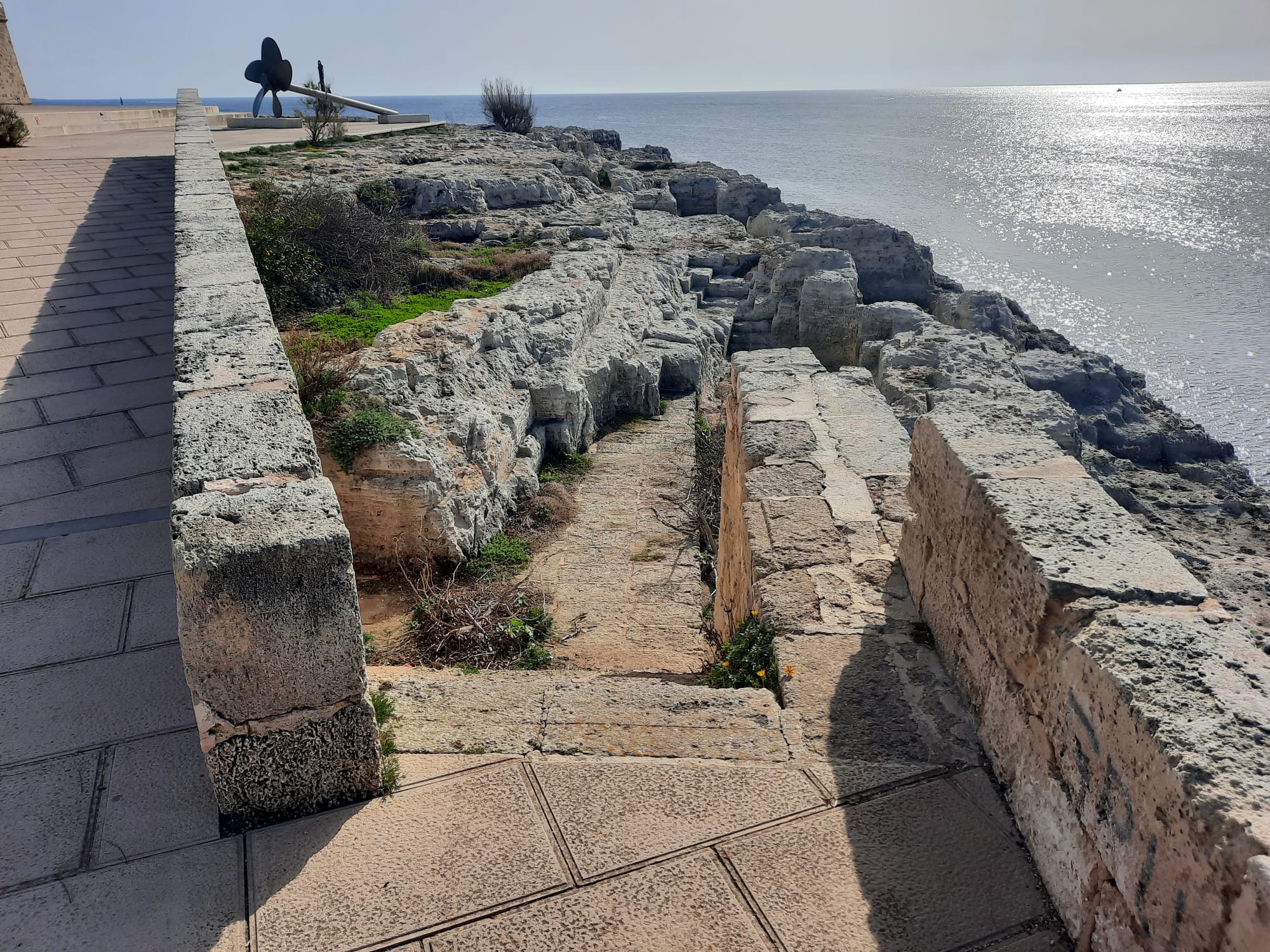
We continue with the guide of “Things to do in Ciutadella of Menorca”. After all that exploring, a relaxing stroll through the Park of the Castle of San Nicolás is just what you need. This park, located next to the castle, is an ideal place to relax and enjoy nature. The well-kept gardens and sea views make it a perfect place for a relaxing moment. The park is also a great place to have a picnic and enjoy the fresh air.
8. Visit the Municipal Museum of Ciutadella
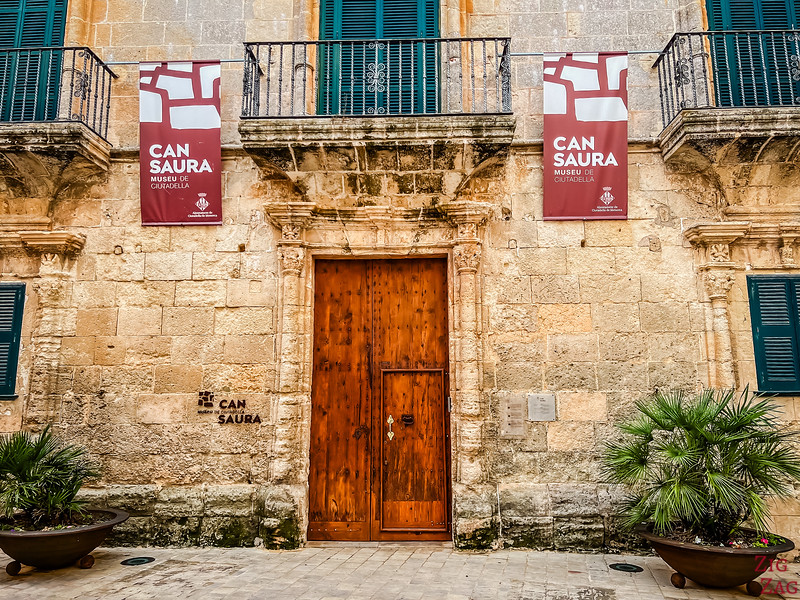
The Municipal Museum of Ciutadella, located in the Bastion of Sa Font, is a must for history lovers. The museum houses an impressive collection of archaeological artefacts that tell the story of Menorca from prehistoric to modern times. One of the highlights of the museum is a collection of talayots, megalithic structures that bear witness to the ancient civilisations that inhabited the island. If you have the chance, don’t miss a visit to the remains of the Talayotic culture, part of the curious things to do in Ciutadella of Menorca.
9. Explore the Naveta des Tudons

If you have time, a visit to the Naveta des Tudons, located on the outskirts of the city, is something worth seeing in Ciutadella. This prehistoric burial structure, dating from 1000 BC, is one of the best preserved on the island and offers a fascinating insight into Menorca’s Talayotic culture. Legend has it that the naveta was built by a giant in love who, having been rejected by his beloved, decided to build this structure in her honour before dying of grief.
10. Dinner on a terrace with views
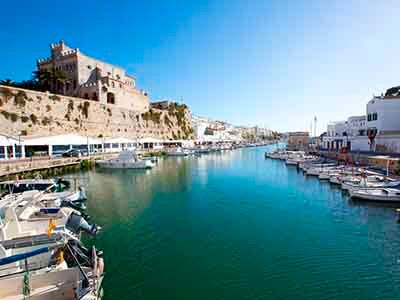
To end your day, choose one of the many restaurants with a terrace overlooking the harbour or the old town. Enjoy a relaxed dinner with local dishes while watching the sunset and the beauty of the illuminated city. Ciutadella is famous for its lively nightlife, especially in summer, when the terraces are filled with people enjoying the good weather and good food. A restaurant with the best views is other of the beautiful things to do in Ciutadella of Menorca.
Visit nearby Mahón
If you liked this guide of things to do in Ciutadella of Menorca, you can’t miss neighbouring Mahón. Both cities are not only administrative and commercial centres of the island, but also have a rich history and a dynamic relationship that has shaped the development of Menorca over the centuries.
Mahon , the administrative capital of Menorca, has a history dating back to Phoenician and Roman times. It was an important naval base during British rule in the 18th century. It has one of the largest and deepest natural harbours in the world, which has made it a strategic and commercial port throughout history.
During the 18th century, Mahon was under British control, which left a profound mark on the city’s architecture, culture and cuisine. Examples include Mahón cheese and the local gin.
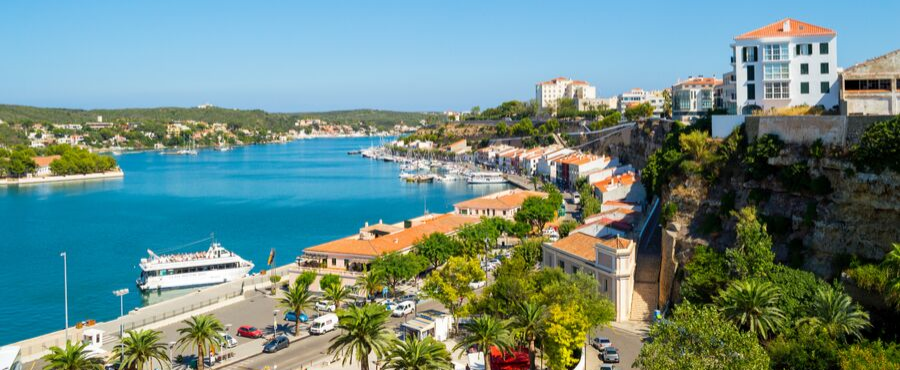
Some places of interest in Mahón:
- La Mola Fortress: An impressive fortress built in the 19th century to protect the port of Mahón.
- Museum of Menorca: Offers a detailed insight into the history and culture of the island.
- Church of Santa Maria: Famous for its monumental organ
Ciutadella’s Gastronomy: Things to do in Ciutadella of menorca through its typical dishes
When you ask yourself things to do in Ciutadella of Menorca, you cannot leave out its rich gastronomy, which is a reflection of the history and culture of the island of Menorca. Here are some of the typical dishes you should try during your visit.
Lobster stew
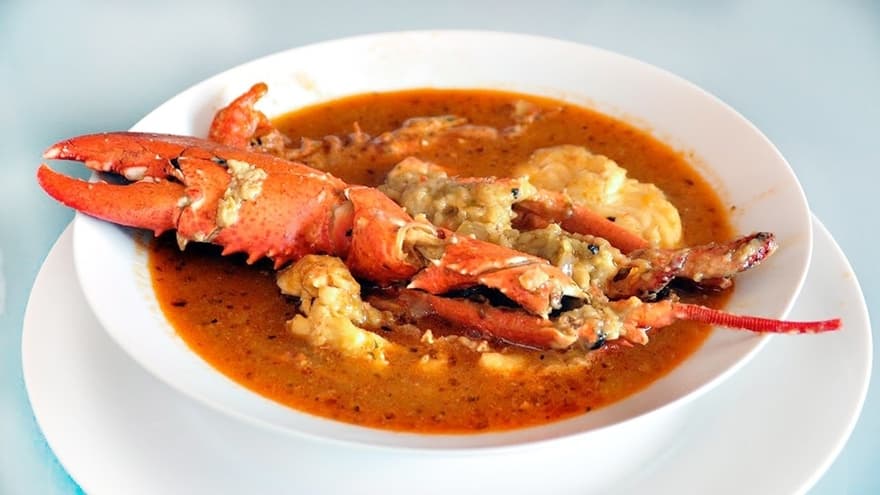
One of the most emblematicthings to do in Ciutadella of Menorca is eating a caldereta de langosta (lobster stew). This seafood stew, prepared with fresh lobster, is a delicacy that represents Ciutadella’s connection with the sea. Simmered with tomato, onion, garlic and a touch of brandy, this dish is a real treat for the palate and a unique culinary experience not to be missed.
Oliaigua
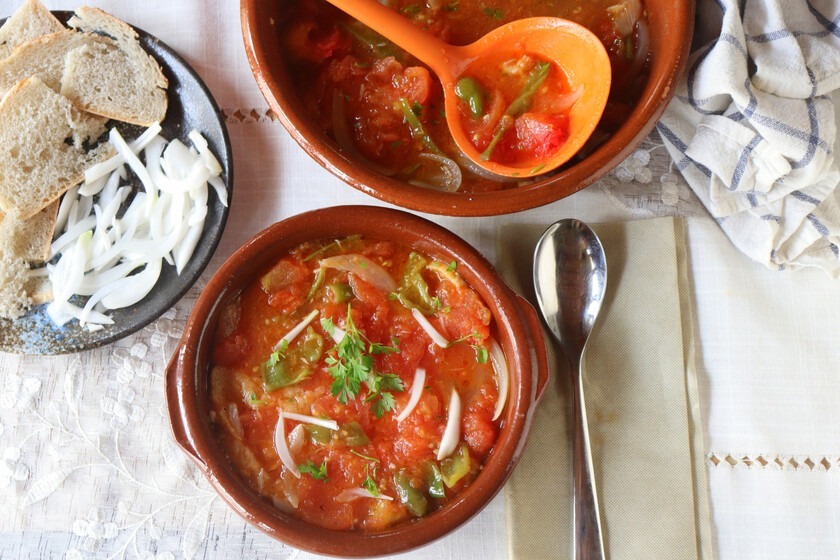
Oliaigua is a traditional Menorcan dish part of outr list “Things to do in Ciutadella of Menorca”, especially popular during the summer months. It is a cold soup made with water, tomato, pepper, garlic and olive oil. Simple but refreshing, this dish is usually served with dry or toasted bread, and sometimes figs are added, making it a perfect option for hot days.
Formatjades

Formatjades are small stuffed pies, typical of Easter, although they can be found all year round in Ciutadella. The filling can vary, the most traditional being lamb, although they are also prepared with pork or fish. These savoury delicacies are an example of the culinary traditionand a top among the things to do in Ciutadella of Menorca.
Mahon cheese
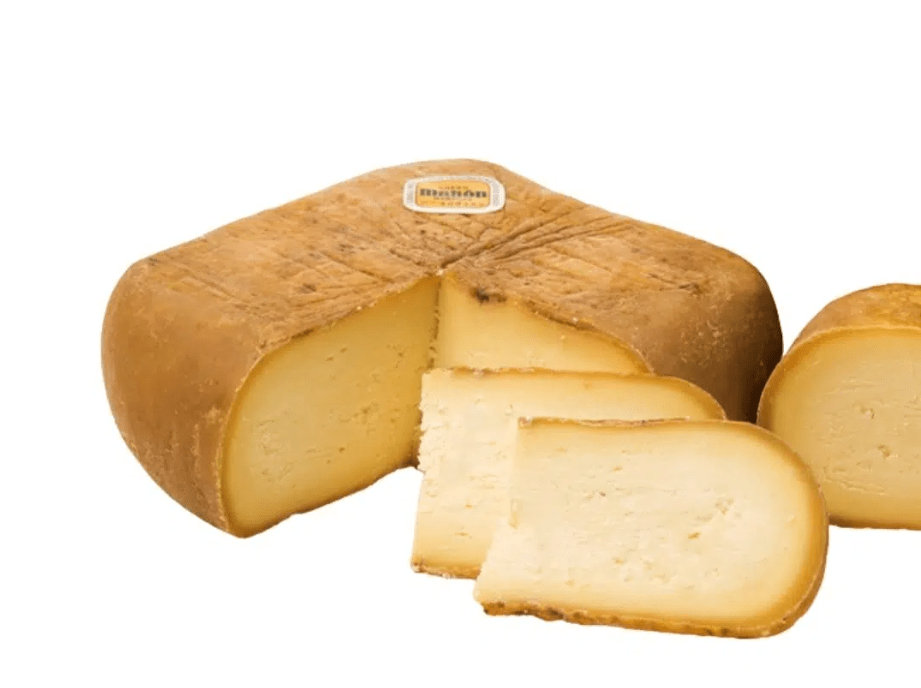
Although it originates from Mahón, Mahón cheese is one of the gastronomic gems that you can also enjoy in Ciutadella. This cow’s milk cheese is characterised by its strong and salty flavour, with a touch of acid, due to its curing process. It is common to find it in tapas or accompanied by bread and olive oil, and it is essential part over the things to do in Ciutadella of Menorca for cheese lovers.
Carquinyols
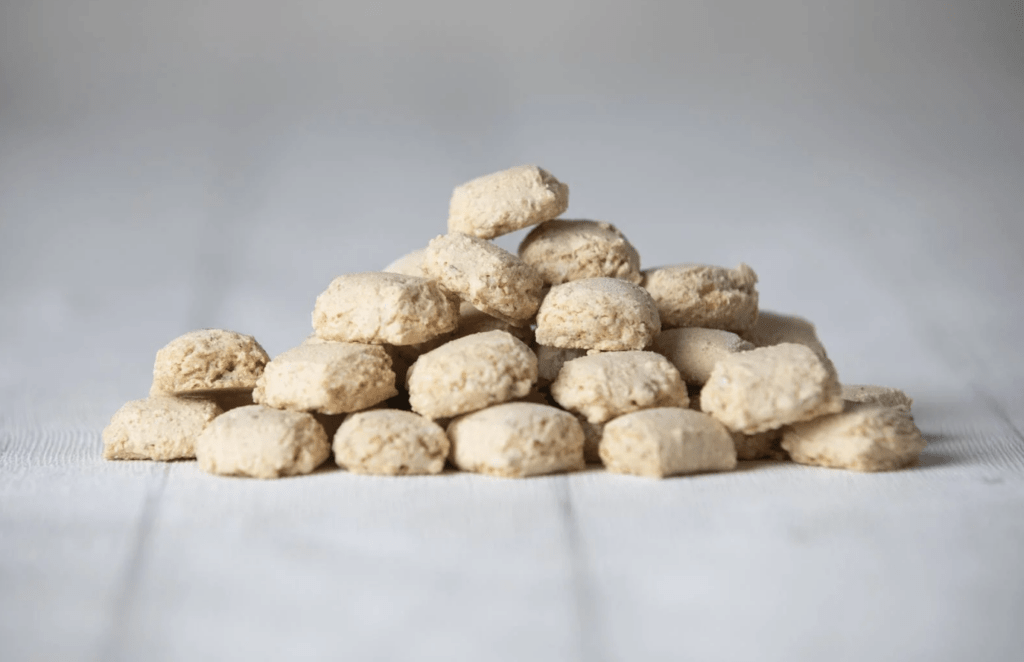
Carquinyols are traditional sweets, a delicous part of the things to do in Ciutedella of Menorca, made with almonds, sugar and egg. These little crunchy morsels are perfect to accompany a coffee or a glass of Menorcan liqueur. Their texture and flavour make them a sweet that you can’t miss during your visit to Ciutadella.
Menorcan Gin
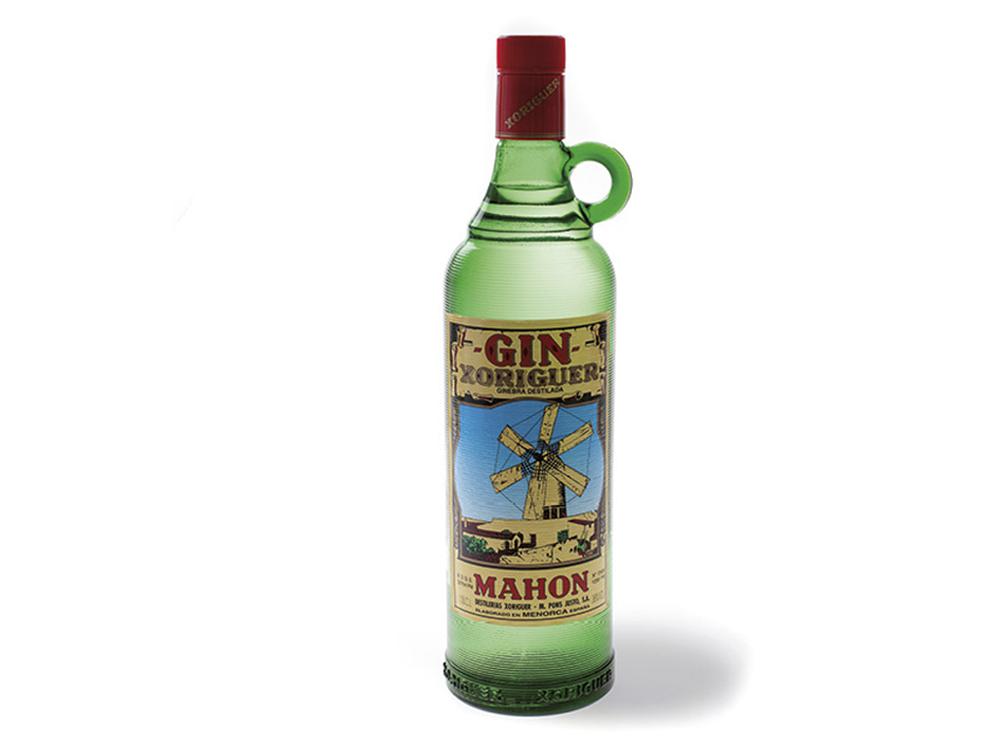
Although it is not a dish in itself, Menorcan gin is a drink that you must try to complete your culinary experience in Ciutadella. This gin, distilled with juniper berries and other local ingredients, is a legacy of British rule on the island and is often enjoyed in the traditional “pomada”, a mixture of gin and lemonade. Trying this drink is a delicious way to round off your gastronomic tour of Ciutadella. Exploring the local gastronomy is an essential part of these things to do in Ciutadella of Menorca, as each dish tells a part of the history and culture of this charming Menorcan town.
Origin and History of Ciutadella: Things to do in ciutadella of menorca through its Historical Roots
Origins and Foundation
The origins of Ciutadella date back to the Talayotic period, around the second millennium BC, when the first human settlements began to form in Menorca. However, it was during the Roman domination when Ciutadella began to consolidate as a relevant urban centre. Known then as Iamo, the city benefited from its strategic location on the west coast of the island, serving as an important commercial and military port. This early development is one of the first stages of the things to do in Ciutadella of Menorca in order to understand its historical evolution.
Arab Domination and Christian Reconquest
During the 9th century, Ciutadella, like the rest of Menorca, fell under Muslim rule. The Arabs renamed the city Medina Minurka and turned it into the island’s capital, encouraging the development of agriculture and trade. This period left a deep mark on Ciutadella’s culture and town planning, aspects that can still be seen today in its narrow streets and labyrinthine layout, a characteristic part of the things to do in Ciutadella of Menorca.
In 1287, after the conquest of Menorca by King Alfonso III of Aragon, Ciutadella was recovered for Christianity. The city was repopulated by Christians, and new fortifications and religious buildings were built, such as the Cathedral of Santa Maria, on the remains of the old mosque. This period marked the beginning of the consolidation of Ciutadella as the main religious and administrative centre of the island.
Centuries of Splendour and Turkish Attack
In the 15th and 16th centuries, Ciutadella experienced a period of splendour, becoming the political, economic and religious centre of Menorca. Its natural harbour facilitated trade and the city grew rich, attracting merchants and craftsmen from different parts of the Mediterranean. However, this development also made it a target for pirates and foreign powers.
The most dramatic event in Ciutadella’s history occurred in 1558, when the city was besieged and devastated by an Ottoman fleet led by Pialí Bajá. During this attack, known as the Sack of Ciutadella, the city was practically destroyed, and thousands of inhabitants were captured and sold as slaves. This event is one of the most significant tragedies through its historical memory.
Modern Age and Recovery
Despite the devastation, Ciutadella was rebuilt and continued to be the capital of Menorca until the 18th century, when the British moved the capital to Mahon. During this time, the city regained its importance as a centre of commerce and administration, although it never reached its pre-Turkish splendour.
The British influence, although less pronounced in Ciutadella than in Mahón, also left its mark, especially in the military architecture and in the introduction of new agricultural and commercial techniques. This transitional period is a crucial part of these things to do in Ciutadella of Menorcain order to understand its modern development.
Ciutadella Today
Today, Ciutadella is a city that combines its rich historical past with a vibrant cultural and social life. Its old town, full of palaces, churches and fortifications, is a living testimony of its history and one of the main attractions to see in Ciutadella. In addition, its port continues to be a neuralgic point of the city, maintaining the seafaring tradition that has defined Ciutadella throughout the centuries.
The city proudly celebrates its traditions, such as the famous San Juan festivities, which attract thousands of visitors every year. These events, together with its historical heritage, make Ciutadella an essential destination for those wishing to explore Menorca from a cultural and historical perspective.
This tour of Ciutadella’s origins and history not only enriches the visit, but also offers a deeper understanding of other things to do in Ciutadella of Menorca and how this town has come to be what it is today.
Ciutadella, located on the west coast of Menorca, is a city full of history, culture and charm, offering a unique experience for those looking to explore its roots and traditions. From its origins in the Talayotic period to its development as an important commercial centre during the Roman and Arab domination, Ciutadella has witnessed significant events, such as the devastating Turkish attack of 1558.
Today, the city combines its rich historical heritage with a vibrant cultural life, highlighted by its old town, natural harbour and traditional festivities such as the Fiestas de San Juan. Discovering these things to do in Ciutadella of Menorca is to immerse yourself in a journey through centuries of history, enjoying its monuments, gastronomy, and the welcoming atmosphere that characterises this jewel of Menorca.
Remember that with DareMapp you can take a multitude of interactive guided tours, including many of these “Spain’s most famous routes”, a fun tour of the main destinations.
What better way than to travel and discover while learning in a fun way?



